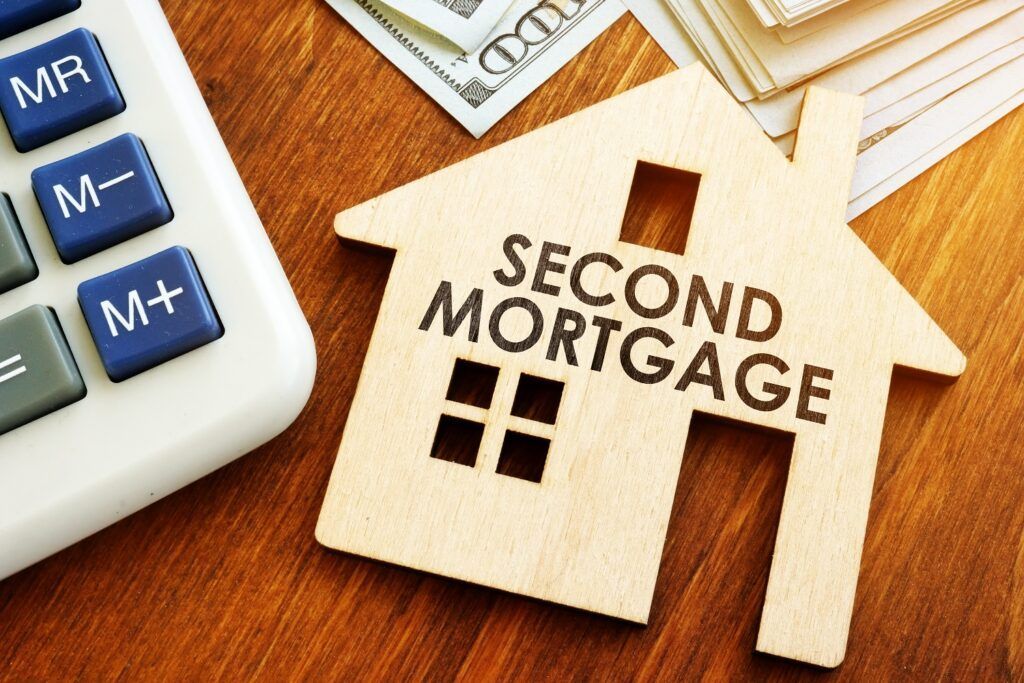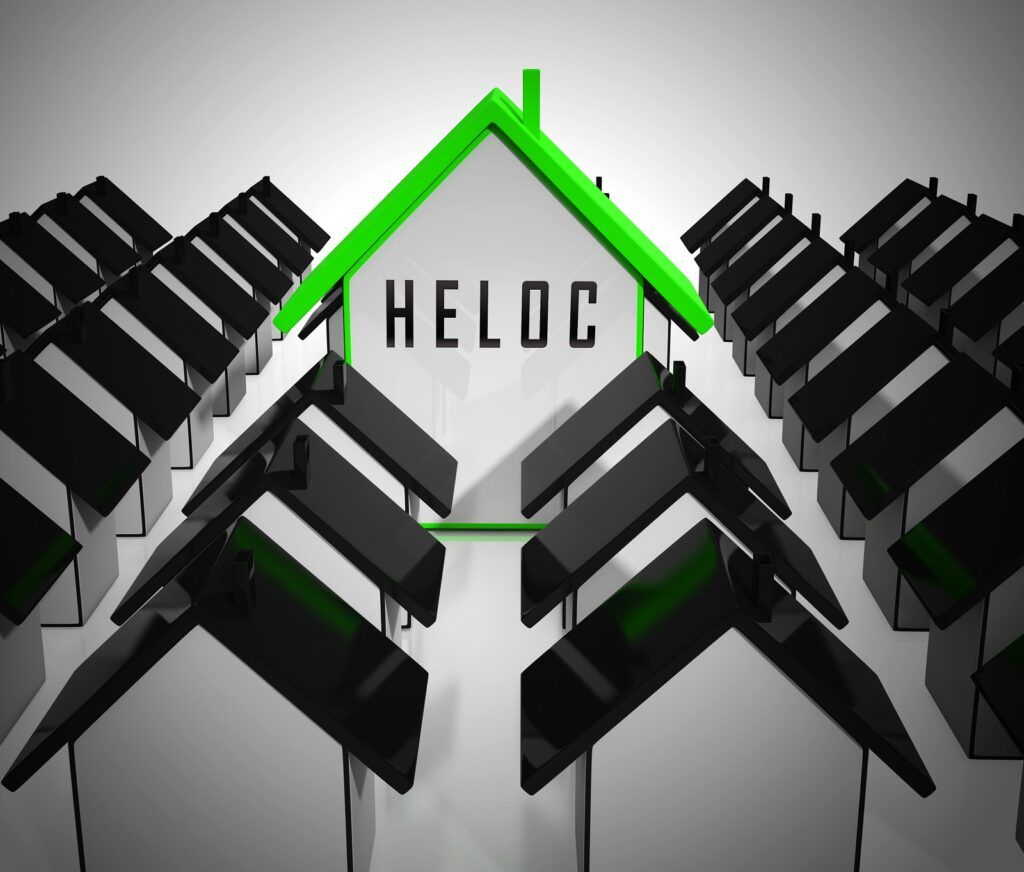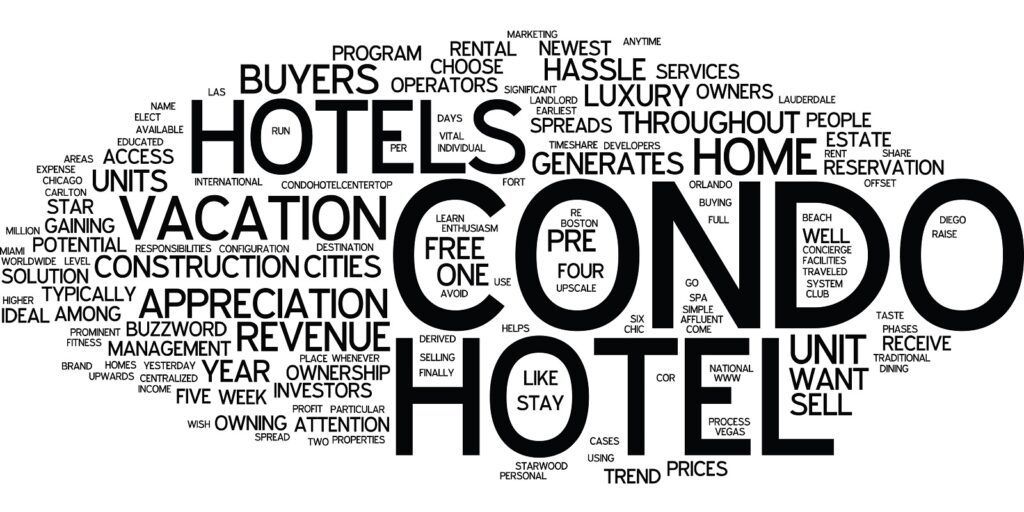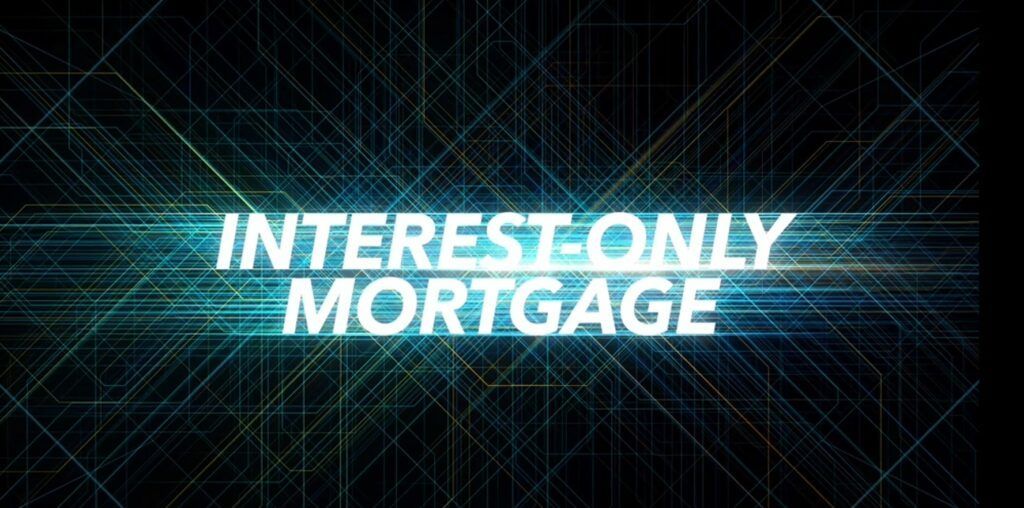3/1 and 2/1 Buydown


What Is A Buydown On A Mortgage?
A buydown is a way for a borrower to obtain a lower interest rate by paying discount points at closing. Discount points, also referred to as mortgage points or prepaid interest points, are a one-time fee paid upfront. In the case of discount points, the interest rate is lower for the loan term.
In an alternate form of buydown, the points purchased reduce the interest rate for a given amount of time at the beginning of the loan. This arrangement is typically paid for through funds escrowed by the seller. Since the interest rate is lower during this time, the borrower’s monthly mortgage payments are more affordable.
How Much Does It Cost To Buy Down An Interest Rate?
The cost for each discount point depends entirely on the amount you, as the borrower, take out on the loan. Each point that a borrower pays is equivalent to 1% of the loan amount.
Who Can Buy Down A Mortgage?
Although it’s the buyer (or borrower) who benefits from a buydown, the buyer isn’t always the one who buys down a mortgage. Sellers and builders can also be responsible for purchasing points to lower the buyer’s interest rate.
The 2/1 Buydown Seller Concession
The seller’s housing market is quietly shifting to a buyer’s market, with seller concessions making their 2022 debut. Higher interest rates are taking many buyers out of the market, leaving more homes up for grab with less competition.
Sellers, builders may also offer to pay points to buy down buyers’ mortgages. Typically, a builder will make these upfront payments to entice early buyers to purchase properties in their newly built communities. Once their communities are established, builders are usually less inclined to offer this kind of incentive.
This shift has sellers lowering their prices and offering concessions to get their homes sold. A popular seller’s concession is the 2/1 Buydown because it reduces the buyer’s interest rate by 2% the first year and by 1% the second year for a very reasonable seller concession. On a 3/1 buy down it will reduce the buyers interest rate 3% the first year, 2% second year and 1% the third year.
How does the 2/1 Buydown work?
For the first year of the mortgage, the borrower’s monthly payment is based off an interest rate that is 2% lower than the note rate. For the second year of the mortgage, the monthly payment is based off an interest rate that is 1% lower than the note rate. In year three, borrowers return to the full note rate and corresponding payment for the remainder of the mortgage term.
On a 3/1 buydown the borrower’s monthly payment is based off an interest rate that is 3% lower than the note rate for the first year, 2% the second year of the mortgage, and 1% third year. In year four, borrowers return to the full note rate and corresponding payment for the remainder of the mortgage term.
In the scenario below, the seller opts to drop their price or offer a temporary 2/1 and a 3/1 buy-down. The temporary buy-down option costs a lot less to the seller while providing a significant monthly savings to the buyer for the first two or three years.
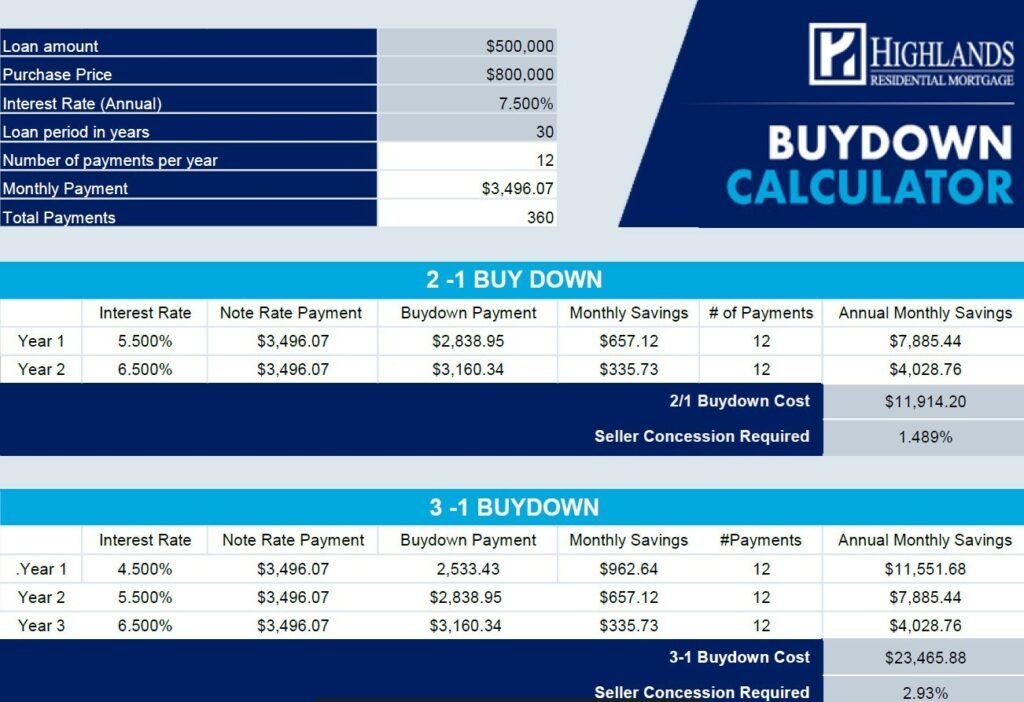
If you have any questions pertaining to investment property loans and would like to has a strategy call to discuss, please give me a call anytime at 855-326-6802 or schedule a call with a Loan Specialist.
The post 3/1 and 2/1 Buydown appeared first on Texas Investor Loans.
Recent Posts

